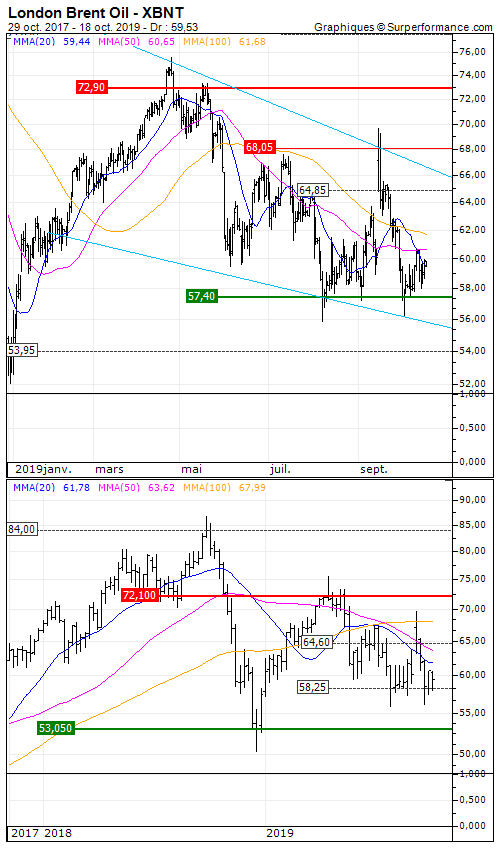Oil: No reaction to the new situation in the Middle East
By Jordan Dufee
On the fundamentals side, operators no longer know where to start. The latter demonstrate the difference between the decline in macroeconomic indicators and the more or less significant advances on the Sino-American trade agreement and Brexit. Indeed, the decline in manufacturing and service ISMs, followed this week by the surprise contraction in US consumption, tends to paint a bleak picture of the direction of oil demand. In contrast, the agreement in principle reached between Pékin and Washington and the possible Brexit pilogue raise a wave of hope for the global economic outlook.
It is within this framework that the IEA (International Energy Agency) and the EIA (American Department of Energy), like OPEC, have once again revised their growth estimates for global crude oil demand for 2020. Also under investor scrutiny, U.S. production is not slowing despite the decline in new drilling and is setting a record of 12.6 million barrels per day Graphically, in units of weekly time, there are no improvements to report on the underlying trend, which remains downward as indicated by the direction of the various moving averages. The prices are once again testing a major support located at 58 USD, which buyers will have to keep. Its rupture would effectively lead to a further decline towards 53 USD.





